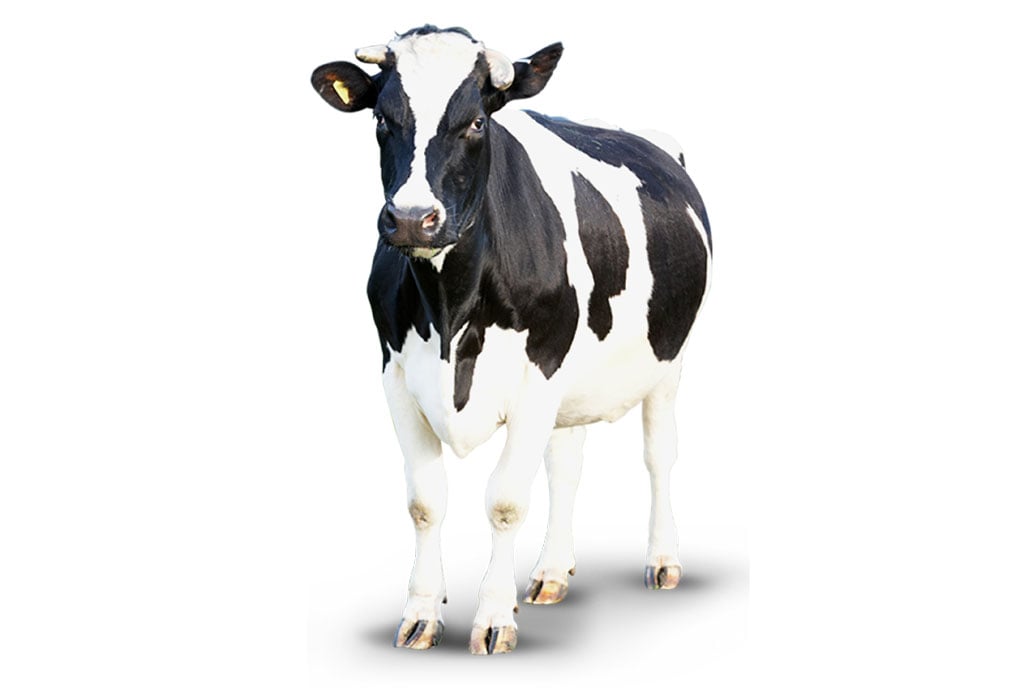Making ‘cool’ products from traditional grains

Gayaza High School students receive a prize for winning the secondary schools category during the cook-off competition to promote innovative millet and sorghum recipes. COURTESY PHOTO
You will soon walk into a shop, a supermarket or a restaurant and get as many ready-to -eat millet and sorghum products just as it is for wheat, if on-going innovations on the said crops keep the pace.
African Centre for Economic Transformation (ACET), a non-governmental organisation, and Pardee RAND Graduate School, are promoting such innovations aimed at making that objective a reality. The initiative is supported by Resilient Africa Network.
So far, through involving students and professional chefs, the organisation recently showcased several products that can be made out of sorghum and millet.
These products included desserts, cakes, ice cream, ice cream cones, bread, starter soup, sausages and millet crepe, among many others.
“We are targeting young people such that if they grow eating these millet and sorghum products, these crops will not become extinct,” said Dr Julius Gatune, an official from ACET, at a recent cooking competition that attracted enthusiastic participation of a number of secondary schools.
Despite being highly nutritious and indigenous crops in Uganda, sorghum and millet products are hardly on the menu or at the dinner table.
Dr Gatune pointed out that these two crops are rich in nutrients such as Omega 3, fatty acids, zinc, Vitamins A and E, and calcium in large amounts. Though the crops can endure adverse conditions and be widely grown across the country, their production is labour intensive and value addition viewed as “limited”. As they tend to attract relatively lower prices, they are looked at as food for the poor.
“The problem starts with the image of these foods which is normally poor but also, there are few ready-to-use products made out of these foods,” Dr Gatune said.
The crops too have traditionally been a food cornerstone for many social gatherings in different cultures including weddings, child naming or family gatherings.
But they are increasingly becoming less attractive to cultivate as farmers give preference to maize, rice, potatoes and other crops which are less labour intensive and attract relatively higher prices. By promoting millet and sorghum, it will save the country from spending $300m (about Shs1.2trillion) annually on importing 40,000 tonnes of wheat.
Goals of project
The goal of the cookery competition is to increase consumer awareness of the nutritional value of millet and sorghum, to increase awareness of the varied ways in which millet and sorghum can be prepared and eaten, and to improve consumer perceptions of the grains by rebranding them as palatable to high- and middle-income consumers.
A secondary aim of the competition will be to encourage food manufacturers and supermarket chains to use the recipes generated by the competition to develop innovative new products.
Current evidence suggests image is important in shaping diets, which informs our approach. For example, the surge in popularity of wheat and rice can be attributed to the fact that these products were considered “aspirational” foods by middle-class East African consumers, which led to their adoption by the rest of society over time. Therefore, by focusing on higher-income consumers in the short term, we are also essentially targeting the lower-income consumers in the long term.
Our project also aims to provide assistance to farmers. As traditional grains regain their popularity, we anticipate that higher demand will lead to higher production, thus potentially increasing income to the farmers who cultivate these grains.




